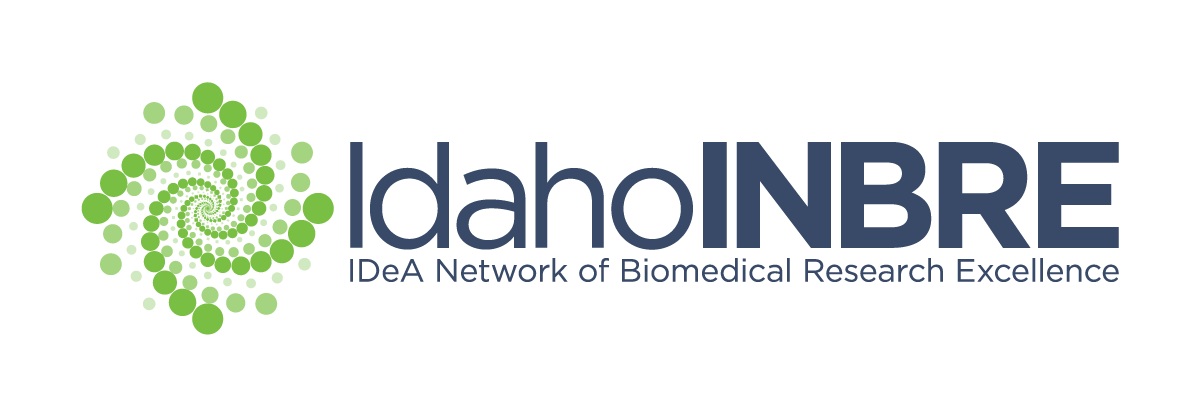
- Name: Celeste Brown, Ph.D.
- Institution: University of Idaho
- Department: Biological Sciences
- Phone: 208-885-4012
- Email: celesteb@uidaho.edu
Summary: I have a diverse range of interests related to molecular evolution and bioinformatics. In the past ten years I have collaborated with Dr. Eva Top on the annotation and evolution of broad host range plasmids. These plasmids are of interest because they can confer resistance to many antibiotics in a diversity of pathogenic and non-pathogenic bacteria. Understanding the biology of these plasmids may help in combatting the growing problem of multi-drug resistant, pathogenic bacteria. To understand plasmid biology, as with understanding human biology, it is useful to understand the functions of genes that are encoded in the plasmid genome. Because plasmids are parasitic and rely upon their bacterial host for almost all of their functions, it should be straightforward to determine the functions of the few genes the plasmid encodes for itself. Generally, these genes are related to replication and maintaining copies of the plasmid across generations. Broad host range plasmids also have genes that are involved in transferring the plasmid genome to other bacteria in a vertical fashion. Because errors in sequence annotation are propagated by automated searches of gene sequence relatedness, the relatively simple job of studying gene function in plasmids has become increasingly difficult. The purpose of this project is to develop an automated method for annotating genes of known function correctly.
Minimum Classes: N/A
Projects: With the recent flood of genome sequences, one of the greatest backlogs in dealing with these sequences is annotation. Genomes code for proteins and structural RNAs, they code for the timing and levels of expression of these proteins and RNAs, and they code for seemingly useless “junk”. Automated methods have been devised for genome annotation, however, these automated methods are only as good as the data they use. Human intervention is required so that mis-annotations are not perpetuated. An excellent example of how mis-annotations cause problems is the automated annotation of bacterial plasmids, independently replicating mobile genetic elements that can transfer between bacteria, sometimes even between very different taxonomic groups. This project will start with plasmids whose genomes have been annotated automatically. These annotations will be checked and computational methods will be devised to accelerate manual annotation. This fellowship includes significant training in computational techniques, commonly known as bioinformatics, and a cursory background in molecular and plasmid biology.



